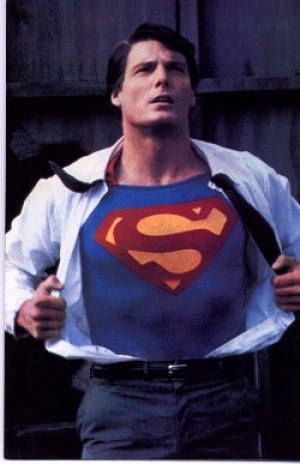As a self-proclaimed Star Wars nerd myself, I was pleased to
see that someone was willing to discuss these films in light of this week’s
discussion on Christ-figures in film. Like Adrian, I agree that George Lucas’
style, through awe-inspiring special effects and dramatic musical scores,
definitely pays homage to the Christian epics of the past, such as Ben Hur and The Ten Commandments. Furthermore, the Christian references in
Lucas’ storytelling and character development are undeniable. It is definitely
true that when Kozlovic’s criteria for the cinematic Christ-figure are employed
for the character Anakin Skywalker, elements such as being “divinely sourced
and tasked” and having “special normal” characteristics seem to point to some
sort of religious influence.
Anakin Skywalker - The only human pod-racer in the galaxy!
However, I disagree with Adrian 's argument that adherence to these and
Kozlovic’s other generic characteristics make Anakin a Christ-figure. In fact,
I actually feel that it exemplifies the dangers of employing Kozlovic’s
stereotypical list when taking part in the theological interpretation of film.
Sure, Anakin fulfills many of these criteria, but so do a large number of the
other characters in the movie. All of the Jedi, as well as their “evil” sith
counterparts, take part in “miracle-like” acts through controlling the force.
Furthermore, although Anakin demonstrates his desire to provide “service to
lesser” as a child and experiences a “decisive death and resurrection”, he
spends much of his adult life as Darth Vader, the cold-blooded and unforgiving enforcer of the Galactic Empire’s rule throughout the galaxy (he becomes a sith himself!). Through this
example, the superficial nature of Kozlovic’s criteria becomes evident.
Although a character, such as Anakin Skywalker, may possess many of these
so-called Christ-like traits, that does not make them a Christ-figure. Ironically, in providing these guidelines, Kozlovic may ultimately be leading
viewers to a conclusion that he is trying to help them avoid, the false identification of Christ-like characters.
Scene from Star Wars Episode III: Revenge of the Sith
Anakin turns to the Dark Side:
Scene from Star Wars Episode V: The Empire Strikes Back
Darth Vader - not being very forgiving:



